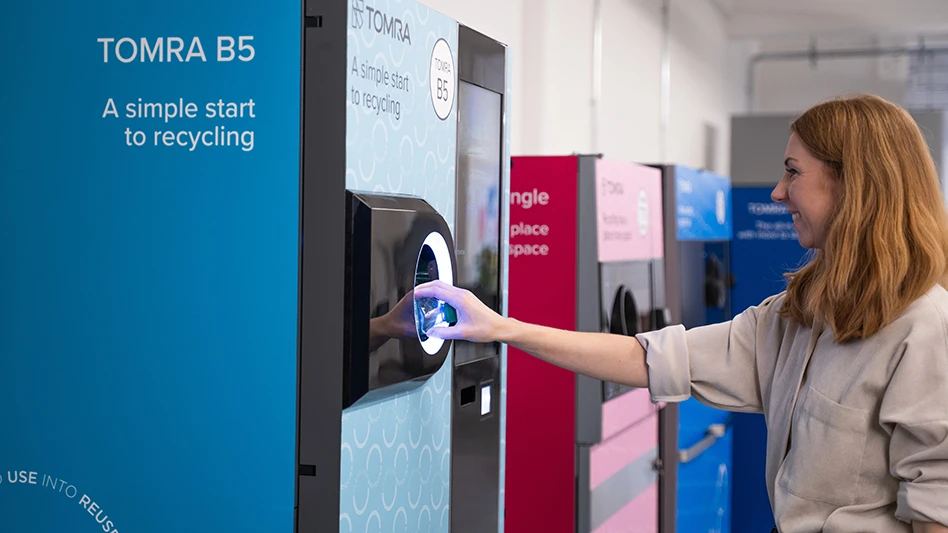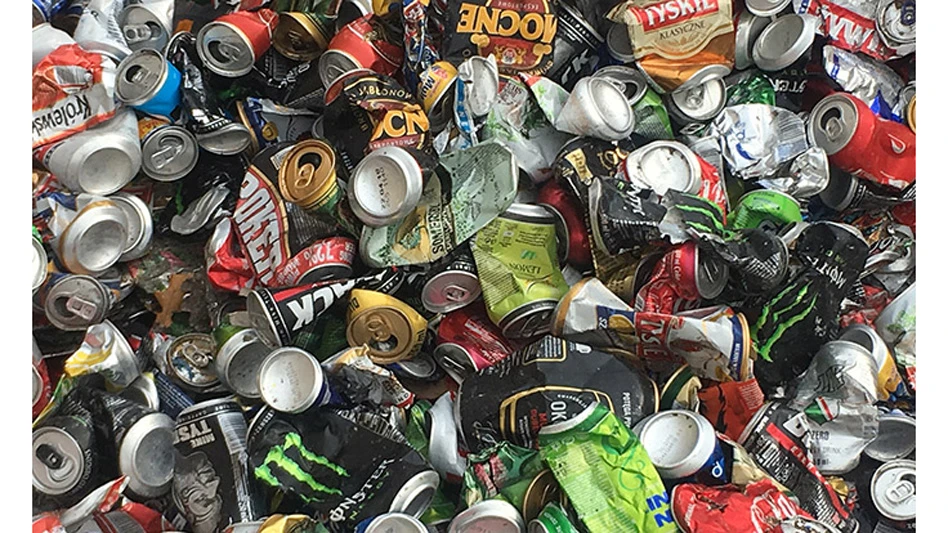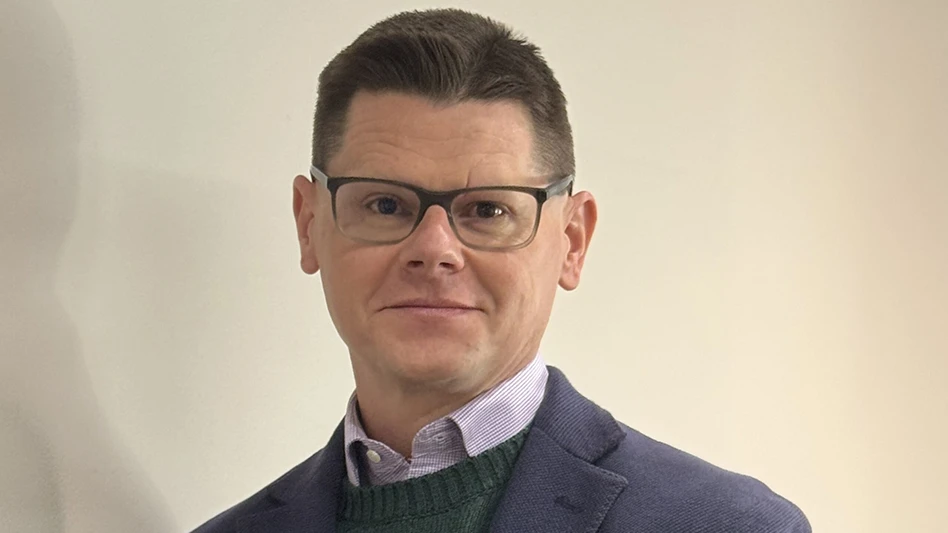
Photo courtesy of Vanden Recycling
Vanden Recycling, a United Kingdom-based recycled plastic commodities company, is supporting professor Michael Johnston at the University of Oxford's Department of Physics to tackle the challenge of identifying and sorting complex plastic scrap with greater precision.
This partnership, supported by the UK Research and Innovation Engineering and Physical Sciences Research Council (UKRI EPSRC) through an impact acceleration account, brings together academic and industrial experience to accelerate science-driven innovation in plastic recycling.
Vanden Technical Director Beril Baykal Yesilırmak leads the initiative, which aims to translate advanced laboratory research into practical solutions that can be deployed across recycling infrastructure in the U.K. and beyond.
“We are committed to delivering absolute certainty and transparency to our clients and that means using the best available science to solve real-world recycling problems,” Beril says. “Working with one of the world’s most prestigious universities is a major step forward in achieving that goal.”
At the core of this partnership is terahertz spectroscopic imaging–an emerging technology Vanden says has the potential to “revolutionize” how plastic is sorted and recycled. Unlike traditional technologies such as near infrared (NIR) or fourier transform infrared (FTIR), terahertz imaging can:
- see through all colors of plastic,including black;
- penetrate multilayer packaging to analyze internal structures and chemical compositions;
- detect signs of degradation and embedded contaminants; and
- deliver high-speed, 3D imaging in real-time.
These features make terahertz imaging an ideal candidate for enhancing the efficiency, accuracy and economic value of plastic recycling operations, Vanden says.
Vanden’s team has toured Oxford’s physics laboratories, where the groundwork is being laid to adapt this technology for recycling applications. According to Vanden, discussions with university researchers Kun Peng, Yi Zhu and Johnston focused on the operational and technical barriers limiting the effectiveness of sorting systems, including black plastics, multilayer formats and degraded materials.
Vanden says the goal is to build and trial solutions that can be scaled, ensuring more plastic is captured, recycled and returned to the supply chain rather than being lost to landfill or incineration.
“We are bridging the gap between academic discovery and industry execution,” Beril says. “This isn’t just about research, it’s about real, practical change.”
Vanden says the impact of this project could be transformative for the UK recycling system. Improved sorting accuracy can boost the quality of recycled plastics, supporting compliance with UK Plastics Pact targets. Recyclers will be able to process previously “difficult” materials, including black plastics and complex packaging formats. Manufacturers will gain access to higher-quality feedstock that meets specific technical requirements, supporting closed-loop systems. Overall, less plastic waste will be lost, creating both environmental and economic gains.
Globally, terahertz imaging offers the potential to standardize high-quality recyclate and leapfrog older technologies, especially in regions building modern recycling infrastructure from the ground up.
“This is about pushing the boundaries of what’s possible,” Beril concludes. “And we welcome collaboration with others who share our ambition to turn today’s challenges into tomorrow’s solutions.”
Latest from Recycling Today
- ReMA urges open intra-North American scrap trade
- Axium awarded by regional organization
- China to introduce steel export quotas
- Thyssenkrupp idles capacity in Europe
- Phoenix Technologies closes Ohio rPET facility
- EPA selects 2 governments in Pennsylvania to receive recycling, waste grants
- NWRA Florida Chapter announces 2025 Legislative Champion Awards
- Goldman Sachs Research: Copper prices to decline in 2026





